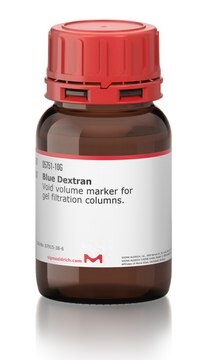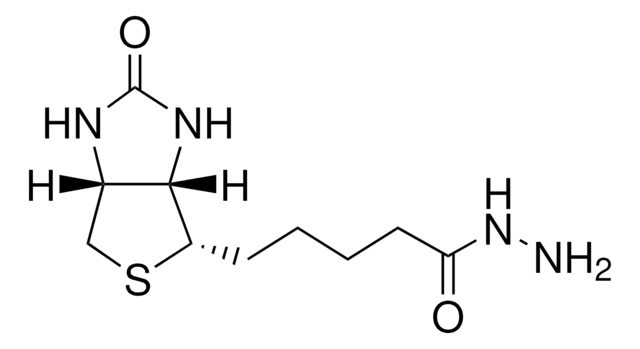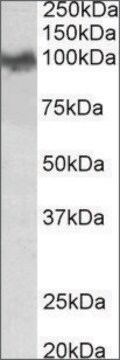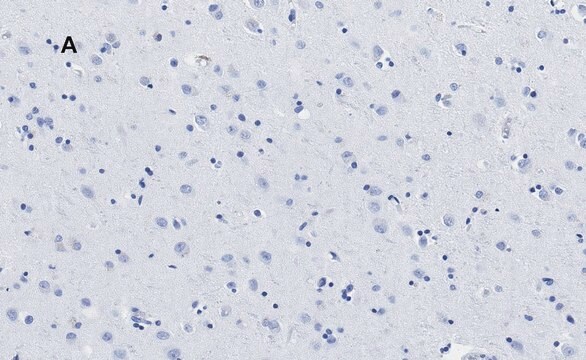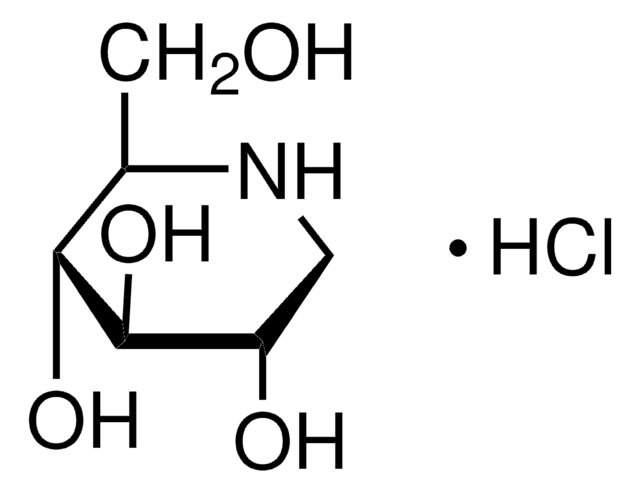A9103
Anti-phospho-APP (pThr668) antibody produced in rabbit
affinity isolated antibody, aqueous glycerol solution, 10 blots
About This Item
Prodotti consigliati
Origine biologica
rabbit
Livello qualitativo
Coniugato
unconjugated
Forma dell’anticorpo
affinity isolated antibody
Tipo di anticorpo
primary antibodies
Clone
polyclonal
Forma fisica
aqueous glycerol solution
impiego
10 blots
PM
antigen 100-140 kDa
Reattività contro le specie
human
tecniche
western blot: 1:1000 using CAD cells transfected with wild type vs. T668A mutant APP.
N° accesso UniProt
Temperatura di conservazione
−20°C
Informazioni sul gene
human ... APP(351)
mouse ... App(11820)
rat ... App(54226)
Descrizione generale
Rabbit Anti-phospho-APP (pThr668) antibody binds to human APP phosphorylated at Thr668. Mouse, rat and frog APP are 100% homologous.
Immunogeno
Applicazioni
Stato fisico
Esclusione di responsabilità
Non trovi il prodotto giusto?
Prova il nostro Motore di ricerca dei prodotti.
Codice della classe di stoccaggio
10 - Combustible liquids
Classe di pericolosità dell'acqua (WGK)
WGK 3
Punto d’infiammabilità (°F)
Not applicable
Punto d’infiammabilità (°C)
Not applicable
Certificati d'analisi (COA)
Cerca il Certificati d'analisi (COA) digitando il numero di lotto/batch corrispondente. I numeri di lotto o di batch sono stampati sull'etichetta dei prodotti dopo la parola ‘Lotto’ o ‘Batch’.
Possiedi già questo prodotto?
I documenti relativi ai prodotti acquistati recentemente sono disponibili nell’Archivio dei documenti.
Il team dei nostri ricercatori vanta grande esperienza in tutte le aree della ricerca quali Life Science, scienza dei materiali, sintesi chimica, cromatografia, discipline analitiche, ecc..
Contatta l'Assistenza Tecnica.
